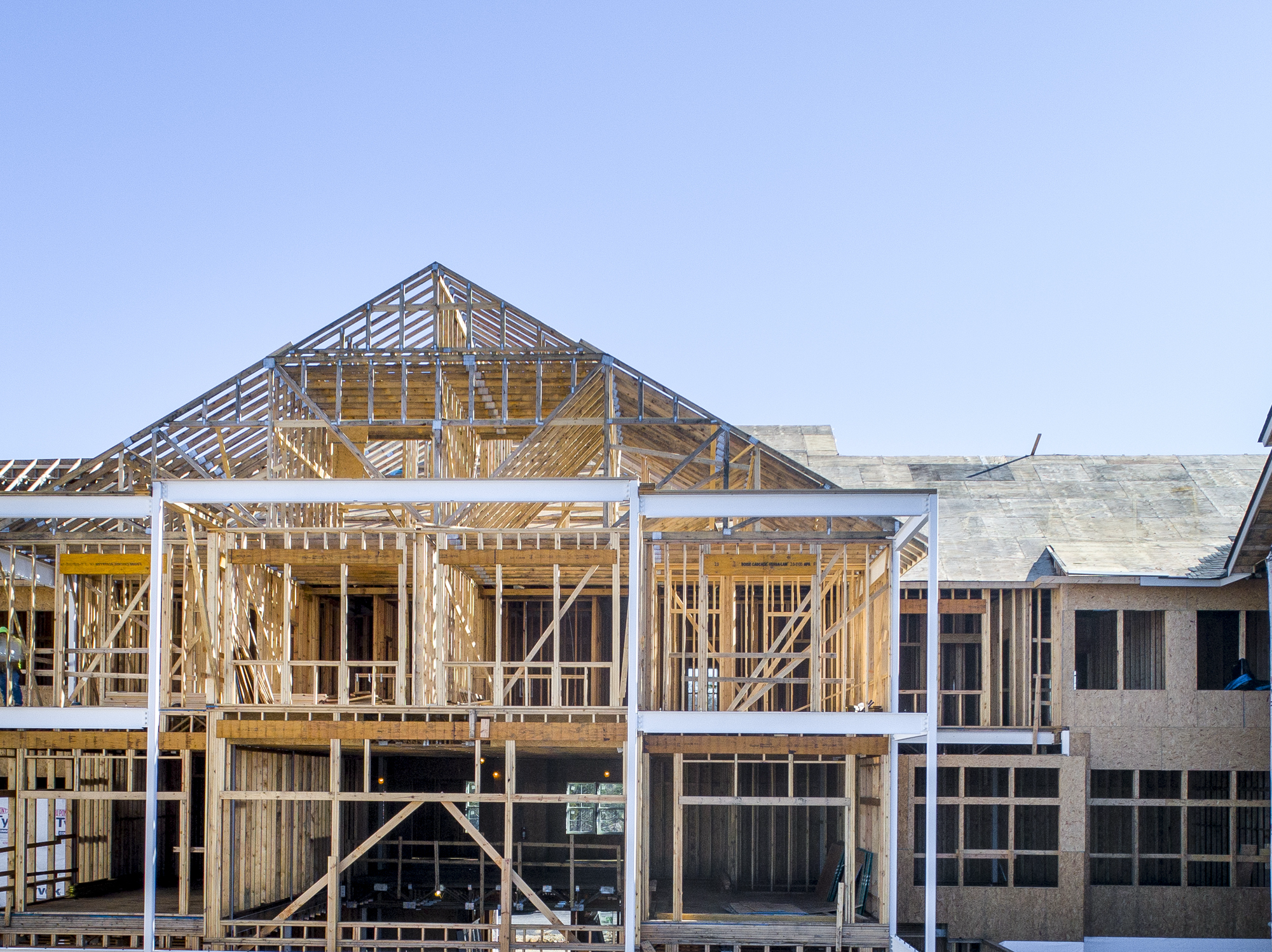Cities, towns, and villages nationwide are facing staggering housing shortages, significantly impacting the affordability, growth, and livability of their communities. In response, municipalities have undertaken diverse initiatives to increase housing supply, including streamlining development processes, zoning reforms, and fostering strategic partnerships with private entities and non-profits.
At the federal level, financial resources have been allocated to local governments through programs like the U.S. Department of Housing and Urban Development’s Pathways to Removing Obstacles to Housing (PRO Housing) to remove hurdles for affordable housing development; and the U.S. Department of Transportation’s Thriving Communities Program which addresses the intersection of housing and transportation needs. While these efforts are crucial in tackling housing challenges, it is imperative to also acknowledge and prevent the potential risk of displacement that may accompany this growth, especially among vulnerable residents. This blog explores the intricate relationship between housing supply and stability, providing strategies for cities to ensure equitable development.
Insights and Research
Research plays an important role in understanding the impact that increased housing supply has on communities and identifying the need for targeted interventions. Between 2011 to 2021, there has been a nationwide decline in lower-cost rental supply which raises concerns about potential displacement due to the shortage of affordable rental options.
Insights from the Urban Displacement Project’s research on the Bay Area revealed that new market-rate housing production “slightly increased displacement for lower-income people while slightly decreasing moving out for high-income people”. Similarly, research from the University of Minneapolis’s Center for Urban and Regional Affairs in Minneapolis.
These findings underscore the importance of attaining a balance in the realm of housing supply and stability within the intricate dynamics of housing markets. Notably, they emphasize the need to safeguard low-income residents, who are the most impacted by displacement resulting from increased housing supply. As municipalities navigate these complexities, some key considerations include:
Develop a Comprehensive Inventory of Housing Stock
Cities should consider taking an inventory of their housing, quantifying the current housing stock but also understanding the specific needs of the local community. Examine the demand for housing across different income levels, tenures, and neighborhoods. The goal is for housing developments to align with the actual demand, addressing gaps in the market and local needs.
Additionally, it is crucial to take inventory of affordable housing stock, encompassing both subsidized housing and naturally occurring affordable housing (NOAH). This inventory becomes the foundation for developing targeted strategies to preserve affordability and prevent the displacement of vulnerable populations.
Expanding Housing Options to Meet Diverse Needs
It is essential to analyze if new housing developments match the varied needs of community members. Municipalities should consider housing models that can provide alternative options that cater to different income levels and preferences, ultimately contributing to housing stability. Affordability, a critical factor in housing stability, can be achieved and maintained through these models, particularly benefiting low- or moderate-income residents:
- Accessory Dwelling Units (ADU): Smaller, independent residential dwelling units located on the same lot as a detached single-family home, offering one solution to affordable homeownership.
- Shared Equity Homeownership Models: Encompassing Community Land Trusts (CLTs), Limited Equity Housing Cooperatives, and Deed-Restricted Housing Programs, providing lasting affordable homeownership opportunities. For more information on CLTs, read Community Land Trusts: A Guide for Local Governments.
- Missing Middle Housing: These are neighborhood-scaled housing typologies that bridge the gap between single-family homes and larger multi-unit developments. They include townhomes, duplexes, triplexes, and courtyard clusters often constitute naturally occurring affordable housing in communities. For more information on Missing Middle Housing, read What is Missing Middle Housing?
Preserve Existing Housing Stock and Safeguard Affordable Housing
Displacement risks grow when homes become uninhabitable due to health, safety, or structural issues. Thus, preserving the current housing stock is as vital as constructing new homes to narrow the widening housing gap. The existing housing inventory often represents the primary source of affordable housing, typically more economical than newly built residences. Maintaining the health, adaptability, and resilience of the existing housing stock in the face of environmental risks is crucial to securing its ongoing affordability.
Despite the common belief that increased housing supply inherently leads to affordability, the preservation and expansion of the affordable housing ecosystem are crucial for ensuring the continual availability of affordable housing options and the stability of the community. This holds particular significance for existing subsidized housing options, where the ongoing operation and renewal of all subsidies are essential to prevent an abrupt termination of housing for the most vulnerable community members.
- The City of Salem, Oregon, partnered with a real estate investment company to preserve the city’s largest affordable housing complex, thereby protecting current residents from displacement.
- The City of San Francisco, California, utilizing its Small Sites Program, acquired and preserved 12 rent-controlled homes to permanently maintain their affordability.
Implement Resident Protection Measures
Sustaining eviction and foreclosure prevention programs is essential for the well-being of residents. These initiatives are crucial for both renters and homeowners, serving as vital safeguards against displacement caused by evictions or foreclosures. The primary objective is to uphold the stability of current housing conditions through support mechanisms such as financial assistance, counseling, and legal guidance.
- The City of Columbus, Ohio, in collaboration with the Franklin County Board of Commissioners, the United Way of Central Ohio, the Siemer Institute, and the Affordable Housing Alliance of Central Ohio exemplifies this by establishing Rentful, a rent assistance hub for tenants and landlords. This hub provides a centralized platform to access the support needed for housing stability.
Equitable Access to Transit-Oriented Housing Development
Facilitating access to transit is essential, considering transportation costs rank as the second largest expense after housing. To effectively address displacement challenges and meet the rising demand for housing, it is crucial to establish fair access to housing near transit hubs. Strategically placing affordable housing fosters equitable access to public transportation and economic opportunities for vulnerable groups, such as lower-income individuals, Black or Hispanic communities, immigrants, and those under 50 – who are most likely to rely on public transportation for mobility.
- The City of Dallas, Texas, initiated the 1000-Unit Housing Challenge to develop mixed-income housing developments for underserved residents in close proximity to public transit.
As cities strive to increase housing supply, it is imperative to simultaneously address the needs of vulnerable populations to prevent displacement. By adopting diverse housing models and prioritizing equity, municipalities can strike a balance between housing supply and stability for all the members of their community.











